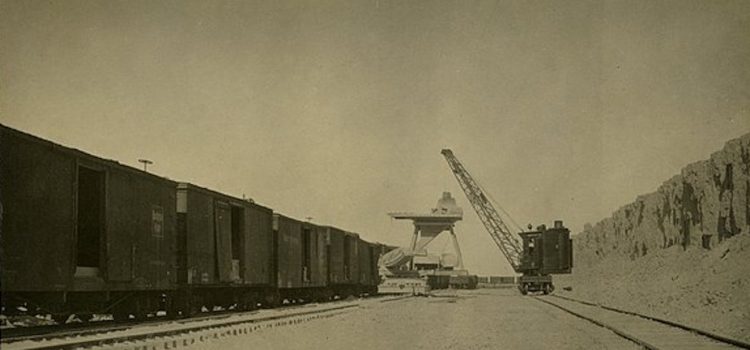

This article is an excerpt from the Shortform book guide to "Business Adventures" by John Brooks. Shortform has the world's best summaries and analyses of books you should be reading.
Like this article? Sign up for a free trial here .
What’s insider trading? Is it wrong? What can you learn from the Texas Gulf Sulphur Company case?
John Brooks writes about a landmark insider trading case against Texas Gulf Sulphur Company, in which the law’s ambiguous definitions of “material evidence” and “a reasonable amount of time” were put to the test. The SEC took the company to court for illegally using insider information and misleading the public.
Read more to learn about this historic case of insider trading.
What’s Insider Trading?
The case began in 1959 when the Texas Gulf Sulphur Company purchased some property in Timmins, Ontario, to check for ore deposits. The company’s initial survey showed evidence of massive deposits of copper and zinc, so Texas Gulf quietly acquired the surrounding property.
As the company continued its survey, rumors of the find reached the US. To get ahead of the rumors, Texas Gulf officials sent out a press release, stating that the company hadn’t yet found anything conclusive. However, the team in Timmins had actually discovered that they were sitting on more than 25 million tons of ore. A few days later, Texas Gulf announced the exciting news.
So, what’s insider trading, and how was it a part of this story? Between the company’s initial survey up until the news was publically announced, a handful of Texas Gulf employees and their connections were buying up Texas Gulf shares. When the news was made public, the price of Texas Gulf stock shot up, and those who had purchased stock made a lot of money.
In 1966, the SEC took Texas Gulf to court for illegally using insider information and misleading the public with its initial press release. The main questions at the trial were whether Texas Gulf’s first survey provided “material evidence” of a rich mine and whether Texas Gulf officials allowed “a reasonable amount of time” for the information to reach the public before purchasing shares. The judge ruled in favor of Texas Gulf. However, the Court of Appeals overturned the decision in 1968, saying that the insider information was used illegally, arguing that the initial survey already yielded material evidence, and company officials should have waited until the information was public before trading.
| What’s So Bad About Insider Trading Anyway? There have been many headline-grabbing cases of insider trading since the Texas Gulf incident: A Wall Street executive was convicted for leaking information to an adult film star, television personality Martha Stewart served prison time for selling her ImClone shares right before the stock price dipped, and a billionaire was sentenced to 11 years in prison after wiretaps revealed his illicit activities. However, there has been a lot of debate over whether insider trading should, in fact, be illegal. Some of the arguments in favor of legalizing insider trading are: • It’s a victimless act—one person’s profit doesn’t lead to another person’s loss. It’s thus more of a moral and ethical issue than a legal one. • Some form of insider “trading” is legal in other industries, such as real estate, so why should the stock market be any different? For instance, after obtaining promising information from its first survey in Timmins, Texas Gulf wasn’t required to disclose its findings to the property owner before acquiring the surrounding land. • Insider trading allows for the faster, more efficient spread of new information. On the other side of the argument, experts say that: • Far from being a victimless crime, insider trading victimizes average investors. By not having access to material information that insiders use to their advantage, average investors lose out by having to pay an inflated price down the line. • It threatens investor confidence, which can have grave effects on the market. • Legalizing insider trading would lead to a loss of transparency. With the possibility of financial gain, insiders have an incentive to keep important information from the board of directors, which may then lead to mismanagement. • Making insider trading illegal makes the market more fair. A former SEC enforcement director stressed that this level playing field is “fundamental to our capital markets.” |

———End of Preview———
Like what you just read? Read the rest of the world's best book summary and analysis of John Brooks's "Business Adventures" at Shortform .
Here's what you'll find in our full Business Adventures summary :
- A collection of essays about the unpredictability of corporations and Wall Street
- How businesses and economies can rise and fall based on people’s behavior
- A look at the major events that shaped the financial world as we know it






